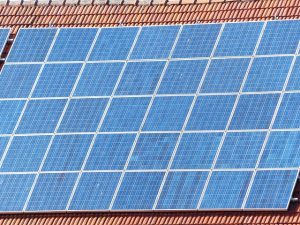Community solar programs enable individuals and organizations to access solar energy regardless of personal space or financial constraints by subscribing to a shared solar array. Subscribers receive credits on their electricity bills based on the clean energy generated, effectively reducing their reliance on fossil fuels and lowering utility costs. These programs are designed to be inclusive, allowing for various participation models, from third-party ownership to community cooperatives, catering to diverse financial situations and energy needs. By pooling resources, these initiatives enhance the affordability of solar power, expand its reach, and contribute to a reduction in carbon emissions. They also play a crucial role in fostering sustainable energy habits and integrating renewable energy into local grids, promoting environmental stewardship and supporting a transition towards a sustainable future powered by solar energy. These community-driven efforts democratize clean energy access, making solar an attractive and viable option for those committed to reducing their carbon footprint.
Solar energy has emerged as a cornerstone in the global shift towards renewable resources, offering both environmental and economic benefits. This article delves into community solar programs, an innovative approach enabling multiple users to harness the power of the sun without the need for personal solar installations. We will explore how these programs work, their role in democratizing access to solar energy, and the myriad advantages they present. From understanding their mechanics to evaluating their economic and environmental impact, this guide will also help you navigate different subscription models to find the most suitable community solar option for your energy requirements. Join us as we illuminate the path to sustainable energy for all.
- Understanding Community Solar Programs and Their Role in Solar Energy Accessibility
- The Mechanics of Community Solar: How Multiple Users Can Benefit from Shared Solar Arrays
- Evaluating the Economic and Environmental Advantages of Participating in a Community Solar Program
- Navigating Subscription Models and Choosing the Right Community Solar Option for Your Energy Needs
Understanding Community Solar Programs and Their Role in Solar Energy Accessibility
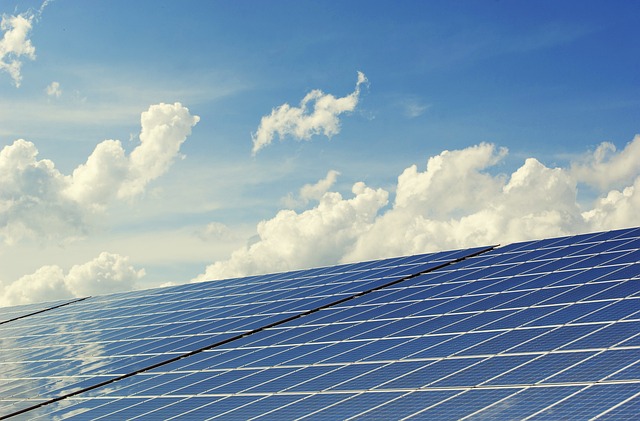
Community solar programs represent a collective approach to harnessing solar energy, allowing multiple users to benefit from solar installations without the need for individual ownership or rooftop space constraints. These programs are designed to be inclusive, offering households, businesses, and community organizations the opportunity to subscribe and receive credits on their electricity bills based on the amount of clean energy generated by a shared solar array. By aggregating demand, these initiatives economize the costs associated with solar development, making solar energy more accessible and affordable for a broader range of users who might otherwise be unable to participate in distributed solar generation due to financial or spatial limitations.
The role of community solar programs in expanding solar energy accessibility is multifaceted. They serve as a bridge between the potential of renewable energy and its practical application, enabling subscribers to contribute to—and benefit from—a sustainable energy source without the responsibilities of installation, maintenance, or upfront capital investment. These programs are particularly beneficial in areas where rooftop space is scarce or where residents may be renters unable to commit to long-term solar installations. They also play a crucial part in advancing clean energy adoption by providing an alternative to traditional utility services and fostering a sense of community around sustainability initiatives. Through these programs, participants can directly contribute to reducing carbon emissions and support the growth of renewable energy infrastructure, all while receiving tangible savings on their energy bills.
The Mechanics of Community Solar: How Multiple Users Can Benefit from Shared Solar Arrays
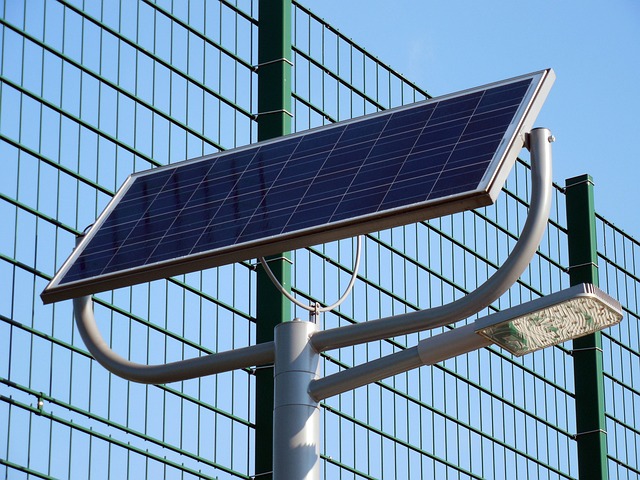
Community solar programs represent a collaborative approach to harnessing solar energy, allowing multiple users to benefit from shared solar arrays without the need for individual rooftop installations. These programs are designed to be inclusive, catering to households, renters, and businesses that cannot host their own solar panels due to space limitations, shaded roofs, or home ownership restrictions. By subscribing to a community solar project, participants receive credits on their electricity bills based on the amount of energy generated by the array that is attributed to them. This shared system not only democratizes access to clean, renewable energy but also offers a reliable and consistent energy supply, contributing significantly to the reduction of greenhouse gas emissions.
The mechanics of community solar are straightforward yet effective. A utility-scale or rooftop solar array is constructed, and the generated solar energy is distributed among subscribers based on their share in the project. The solar energy produced is metered, and each participant’s share is tracked and credited to their utility account. This equates to tangible savings on their electricity bills, as the credits offset the cost of traditional electricity. Community solar programs also come with minimal maintenance responsibilities for individual subscribers, as the overhead costs and maintenance of the array are managed by the program operator. By fostering a sense of shared investment and environmental stewardship, community solar programs enable a broad spectrum of users to reap the benefits of solar energy, making it an accessible and sustainable option for many.
Evaluating the Economic and Environmental Advantages of Participating in a Community Solar Program
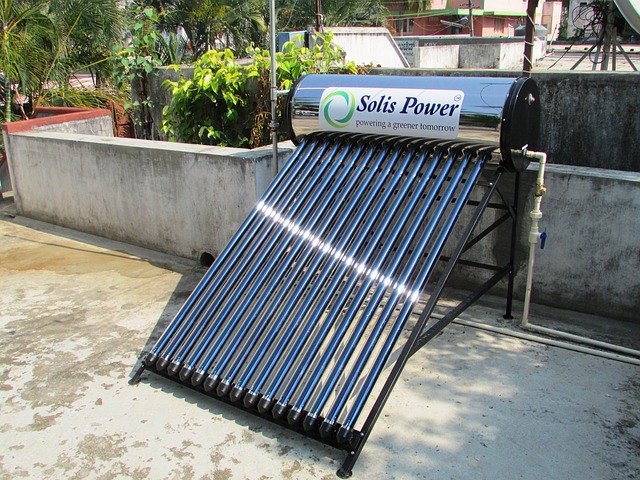
Community solar programs offer an innovative avenue for individuals and organizations to reap the benefits of solar energy without the need for personal rooftop installations or large upfront investments. These programs pool resources from multiple participants, allowing them to share in a community-owned solar facility’s output. Economically, such programs can be highly advantageous as they provide access to clean energy at a predictable and often lower rate compared to traditional utility costs. Subscribers to these programs can lock in their energy rates for a set period, offering cost savings that are both immediate and long-term. Additionally, the economic benefits extend beyond personal savings; community solar can stimulate local economies by creating jobs in the installation, maintenance, and management of the solar systems.
From an environmental perspective, community solar programs significantly contribute to reducing greenhouse gas emissions and combating climate change. By harnessing the power of the sun, these initiatives reduce reliance on fossil fuels, thereby cutting down on air pollution and carbon footprint. The collective impact of a large number of participants contributes to substantial environmental advantages, such as conserving water, preserving land for wildlife habitats, and promoting biodiversity. Furthermore, by integrating solar energy into the grid, these programs support the development of a more sustainable and resilient energy infrastructure, which is essential for transitioning towards a greener future.
Navigating Subscription Models and Choosing the Right Community Solar Option for Your Energy Needs
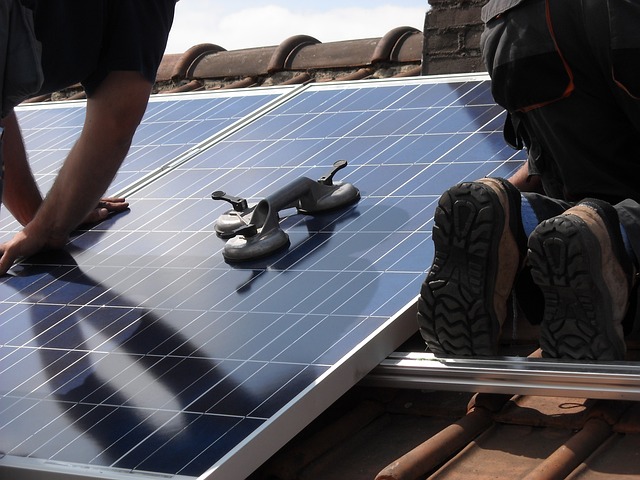
Community solar programs offer a shared platform for individuals and households to benefit from solar energy, even if their homes are unsuitable for personal solar panels due to shading issues, roof condition, or lease agreements. These programs are particularly advantageous as they enable subscribers to receive credits on their electricity bills based on the energy produced by the community solar array. When navigating subscription models within these programs, it’s crucial to understand the various options available, such as third-party ownership, where a company installs, owns, and operates the solar panels, allowing subscribers to buy solar power at a predetermined rate. Another model is a group or cooperative arrangement where a collective of participants pool resources to invest in a community solar project. Each model comes with its own set of benefits and considerations, including upfront costs, long-term savings, and the level of involvement desired.
Choosing the right community solar option for your energy needs involves assessing your energy consumption habits, financial situation, and personal values. For instance, if you have a low or fixed income, certain models may offer discounted rates or additional benefits. Additionally, some programs allow for fully customizable subscription levels, enabling subscribers to choose how much solar power they wish to receive. It’s important to evaluate the terms of each model, including the bill credits you’ll receive, the duration of your subscription, and any potential transferability of your shares in the solar array should you move or decide to cancel your participation. By carefully comparing these aspects across different community solar programs, you can select an option that aligns with your energy needs and supports the transition to clean, sustainable solar energy.
Community solar programs have emerged as a transformative force in the democratization of solar energy access, enabling numerous users to reap the benefits of renewable energy without the need for personal solar installations. These initiatives not only offer economic and environmental perks but also foster community engagement and shared sustainability goals. By understanding the mechanics behind these programs and evaluating the various subscription models available, consumers can make informed decisions that align with their energy requirements and values. As solar energy continues to gain traction as a viable and clean power source, community solar programs stand out as a key component in expanding its reach and impact.
